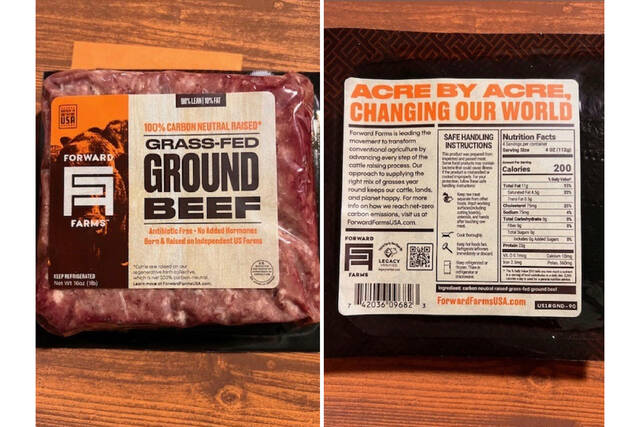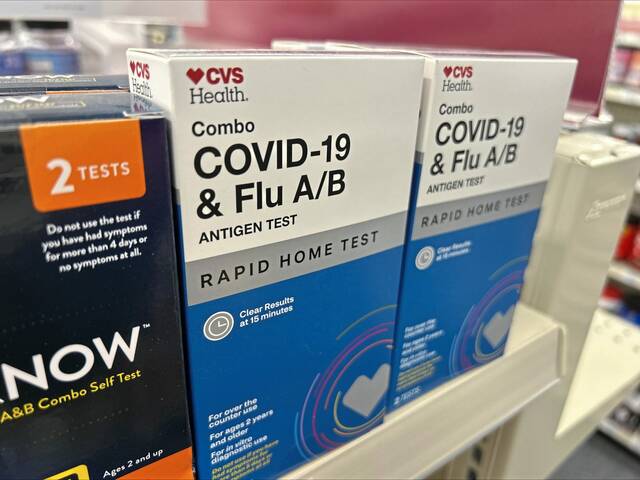State officials on Thursday encouraged Pennsylvania residents to take advantage of food assistance programs, if needed, over the holidays.
“Pennsylvania’s food assistance programs were built for times like these and no one should be too shy to take advantage of what they have to offer,” said Russell Redding, secretary of the Pennsylvania Department of Agriculture.
Redding said Pennsylvania is especially equipped to respond to food crises, thanks to “deep roots in production agriculture and food security policies or programs, coupled with an amazing internal food network.”
But those assets haven’t stopped the covid-19 pandemic from destabilizing personal finances and causing heightened food insecurity for millions of residents. Compared to 2018, when roughly 11% of adults in Pennsylvania were food insecure, Redding said 15.5% experience the issue this year.
The difference is even starker when it comes to children in the state. In 2018, 15% children experienced food insecurity. That number has climbed to 24% in 2020.
Local food pantries saw greater demand especially early in the pandemic and through the summer, with miles-long lines at each weekly distribution and millions of pounds of food provided.
“Food insecurity was a problem for millions of Americans before March 2020,” said Teresa Miller, secretary of the Department of Human Services. “And it’s only gotten worse.”
Redding and Miller encouraged the use of several state-funded and charitable food service programs, especially as the holiday season approaches amid an unprecedented surge in covid-19 infections.
“We want to be sure that no Pennsylvanian is going hungry this holiday season,” Miller said.
Among the resources available, they said, are Farmers Market Nutrition Program Vouchers, which allow users to purchase fresh produce from farmers markets and farm stands; the Supplemental Nutrition Assistance Program (SNAP); PA211.org, a United Way site that can help individuals find Thanksgiving baskets and holiday food packages from local organizations; and local food banks and pantries. A full list of resources can be found at agriculture.pa.gov/foodsecurity.
Miller outlined the long-term health and economic effects of food insecurity, including greater risks of chronic diseases and hospitalization and higher healthcare costs.
“All of this was true before the pandemic, and it’s true now,” she said.
She especially encouraged participation in SNAP benefits, which studies by USDA show could have greater economic stimulus impacts than many other forms of government spending per dollar spent during a recession. This is because, Miller said, funding is placed directly in the hands of low-income household.
“Simply put, support for SNAP is an efficient way to stimulate our local economies while ensuring households can keep food on the table,” Miller said.








